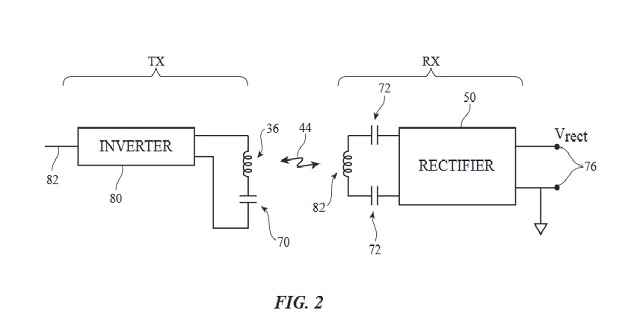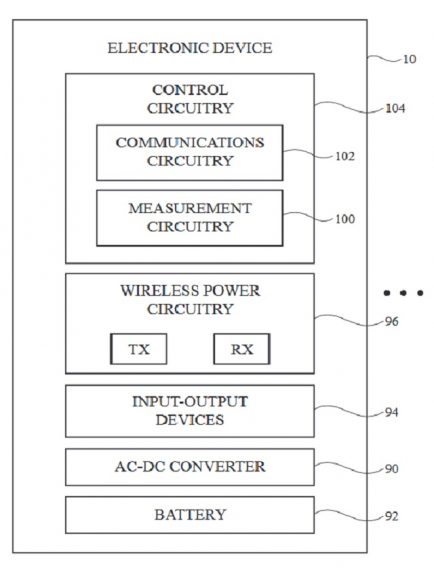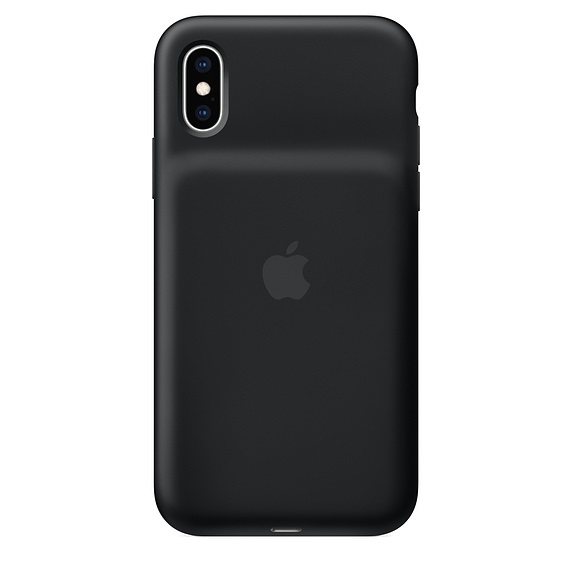Apple recently filed a patent application from that we infer apple is working on Two-Coil Qi Wireless Charging technology for their iPhone battery cases without the use of lightning connector.
Apple already has smart battery case for most of their iPhone models. These smart charging cases are compatible with Qi chargers. These smart charging cases enhance the talk time nearly up to 37 hours and internet usage to 20 hours. But these smart battery case charges need to be connected with the lightning connector with the phone.
Apple’s Two-Coil Qi Wireless Charging Case
According to their patent for Two-Coil Qi Wireless Charging Cases, two coils will be places in opposite directions to each other along with the battery. Moreover, These coils coupled with the switching circuit. In addition, the battery power will be supplied to the iPhone wirelessly through the second coil. Moreover, the first coil will receive the power supply from the wireless charging mat and thereby charge the battery in the case in open state. In the closed state, both of the coils combined together in series and the power received from the external wireless charging mat delivered directly to the device using the second coil. It is worth mention currently using Apple smart battery cases use only single coil.
Working:
- Two-Coil Qi Wireless Charging Case works as a wireless power transmitting and wireless power receiving device.
- Both coils configured to work in both open and closed state.
- The first coil configured to receive the power wireless
- The second coil configured to transmit the power wireless


This Two-Coil Wireless Charging Case configured to attach with the iPhone to operate with the wireless charging mat. This charging case contains a battery, first coil, second coil, switching circuit, and rectifier circuit.
In this system the charging mat transmit the power to this portable Two-Coil Qi Wireless Charging Case. The coil receives the wireless power signals in AC current signals and the rectifier again converts this power signals into DC power.







